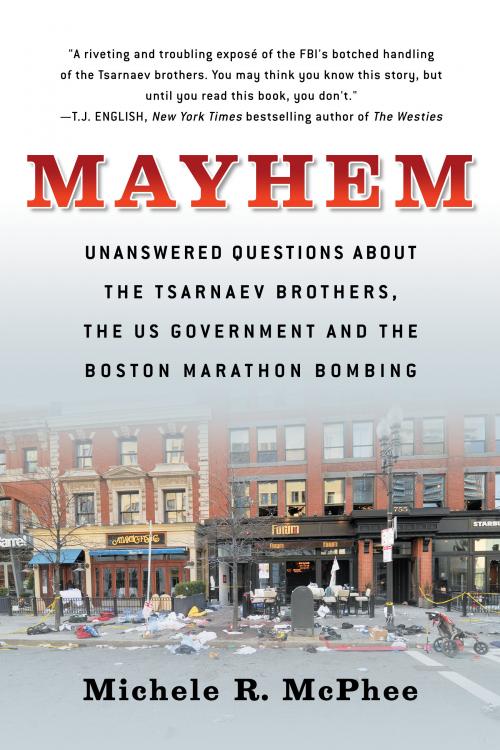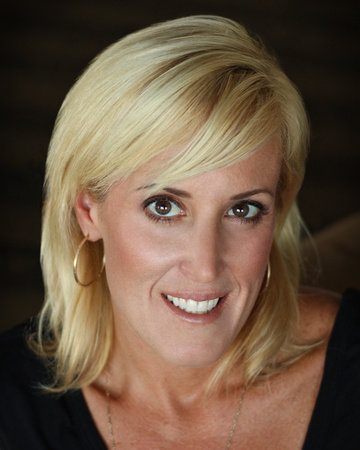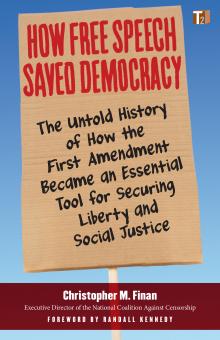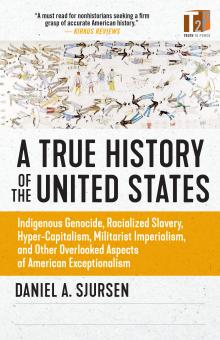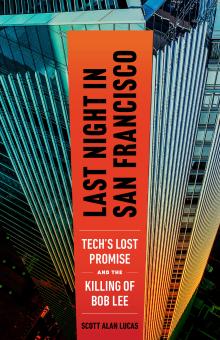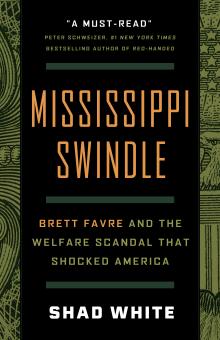Excerpt
Author’s Note
When two bombs were detonated on Boylston Street, 550 feet away from the finish line of the Boston Marathon on April 15, 2013, a familiar sense of dread came over me. There was no cell phone service. Loved ones were unreachable. At 2:49 pm, the area just yards from where I’d had coffee earlier that day was a war zone: body parts, pools of blood, broken glass — inexplicable mayhem. Tragically, it was not the first time I had been on hand for a terrorist attack on American soil.
When Al Qaeda fanatics hijacked two planes from Boston’s Logan Airport and flew them into Manhattan’s World Trade Center Towers on September 11, 2001, I was the police bureau chief for the New York Daily News, working out of One Police Plaza, and on the scene at Ground Zero when the towers collapsed.
I began investigating the marathon bombings for ABC News almost immediately after they occurred, continued writing exclusive cover stories for Boston and Newsweek magazines, and have not stopped since, even after leaving Boston to work on the scripted side of television in Los Angeles. I was there as crime scene detectives and federal agents collected evidence on blood-splattered Boylston Street and when the FBI released photographs of the suspects referred to as “Black Hat” and “White Hat” four days later. Just hours after that release, I raced to Cambridge, where those same suspects were believed to have murdered an MIT police officer and then carjacked a getaway vehicle. The carjacking victim escaped but left his cell phone behind in his Mercedes SUV. Police used its GPS to track it to Watertown, my next stop. Reporters ringed the streets, then dove behind cars when a wild battle involving explosives and sustained gunfire erupted between the suspected bombers and police.
After the bullets stopped flying at 1:01 am on April 19, investigators recovered more than two hundred spent rounds from the streets and nearby homes. One suspect was dead. The other was on the run. The FBI had publicly identified them as Tamerlan Tsarnaev, twenty-six, and his brother, Dzhokhar, nineteen, two Russian immigrants who had been living in a subsidized apartment in Cambridge. I remained in the paralyzed city of Watertown for the next sixteen hours as SWAT teams searched door-to-door, telling terrified residents to stay put. One family had the surreal experience of a bullet piercing their television set while they watched news of the insanity occurring outside their house. Just after 6:00 pm a Watertown man went out for a smoke and found drops of blood that led to his boat, the Slip Away II, dry-docked in his yard. When he pulled back the tarp covering the vessel, he saw a bleeding man in the bottom of the boat and scrambled for his phone. Within minutes cops ringed the boat, and after one of them believed he saw movement, they opened fire. The first shot was followed by a twelve-second barrage into the side of the boat and flash-bang grenades whose hum could be heard blocks away. Then came the cease-fire order. Dzhokhar was captured alive — barely alive. Grateful residents of Watertown lined the streets to cheer the police officers as they later pulled out of the city. I know a lot of cops who got free drinks that night.
Since then I have attended every arraignment and court appearance of the accused bomber, Dzhokhar Tsarnaev, and four other men charged in the attacks, his college friends who were imprisoned for lying to investigators in a terrorism case.
The very same homeland security flaws that I investigated as a Daily News reporter were partly to blame for the success of the Boston attacks. In a congressional hearing weeks after the deadly bombings in 2013, former Boston Police Commissioner Ed Davis told federal lawmakers that the lack of information sharing between the FBI and Boston Police Department detectives assigned to work with the FBI on the Joint Terrorism Task Force, all of whom had top security clearance, hindered his officers from investigating allegations that counterterrorism counterparts in Russia had made about the Tsarnaev brothers. In other words, the FBI didn’t share intelligence with their BPD partners on the task force — not exactly the spirit of cooperation that experts had urged in the aftermath of 9/11. In fact, to this day the FBI has not answered congressional calls from both sides of the aisle to release details about the warnings the Russians sent, twice, in 2011 in the months before Tamerlan took an unusual trip back to his motherland, managing to get out of the United States, and back in, while on two terror watch lists.
Following 9/11, New York Police Department Commissioner Ray Kelly repeatedly warned me and other reporters who worked out of One Police Plaza that it was “not if, but when” the United States would be attacked by Islamic extremists again. The biggest threat, Kelly said, would be homegrown terrorists. He was right. Researchers with the George Washington University Program on Extremism released a report on the Islamic State of Iraq and Syria (ISIS) in America in 2015 that included startling numbers: More than 900 Americans were under investigation in the United States for connections to terrorism; 250 had traveled abroad to join the jihad; and 56 had been arrested for terrorism-related activities in 2015 alone.
The Tsarnaev brothers, their parents, and two sisters — all of whom had fled Russia in 2002 and settled in Massachusetts — received asylum as refugees from a war-torn area, making them eligible for generous benefits such as housing, cash assistance, and education. Dzhokhar even became an American citizen, sworn in alongside other immigrants on September 11, 2012, in the arena commonly known as the Boston Garden. Despite all that the United States had given the family, the two brothers became the very threat counterterrorism officials had feared since 9/11: homegrown terrorists.
The story, however, is not so simple. I believe the federal government played a direct role in enabling and inspiring Tamerlan Tsarnaev’s monstrous behavior and in blocking local authorities’ ability to identify and stop his evolution into a killer. Tamerlan’s younger brother, Dzhokhar, in turn, looked up to his older brother. I also believe the federal government actively impeded a full investigation of the marathon bombings, as well as other crimes potentially involving Tamerlan and associates of his, and continues to do so today through a variety of means, including repeated motions to suppress information in Dzhokhar’s efforts to have his death sentence reduced to life imprisonment.
In her own book on the Tsarnaevs, titled The Brothers, Russian American journalist Masha Gessen writes that questions remaining unanswered in the Boston Marathon bombing case include: “Where were the bombs made? And what had been Tamerlan’s relationship to the FBI?”
I spent three years researching this book, and continued digging for another three since. In it I have outlined my theory that the FBI recruited Tamerlan as an operative in late 2010, months before the Federal Security Service of Russia (FSB) warned the FBI’s Boston field office that he had become radicalized and planned to obtain training from “bandit groups” in his native Russia. In fact, Dzhokhar’s defense attorneys have stated that the FBI attempted to recruit Tamerlan to inform on fellow Muslims, writing, “We base this on information from our client’s family and other sources that the FBI made more than one visit to talk with Anzor, Zubeidat and Tamerlan, questioned Tamerlan about his internet searches, and asked him to be an informant.”
It is no secret that the FBI has relied heavily on Islamic informants to thwart terrorist plots, a practice that has been condemned by the American Civil Liberties Union and other organizations. Tamerlan would have been the perfect recruit, a handsome multilingual Muslim with ties to both the drug world and a controversial mosque in Cambridge blocks from his house, one that was started and built by a man now serving a federal sentence for terrorism and that counted several convicted terrorists among its congregants. And it was certainly not a secret that Tamerlan would have been motivated to work with the FBI as a cooperating informant out of a desire to become a US citizen. In 2009 he posed for an online photo essay, “Will Box for Passport.” In 2010 he was barred from fighting in the National Tournament of Champions, even though he had twice won the title of heavyweight champion of New England, because he was not a citizen. Then there was the issue of money: Tamerlan didn’t have any, at least not on paper. For occupation on his death certificate the medical examiner wrote, “Never Worked.” Yet he drove a Mercedes without holding a job. He also got married and had a little girl. History has shown that working for the federal government as an informant can be lucrative. Tamerlan got away with so much villainy that only a hands-off policy formulated at the local level by one or more agencies responsible for national intelligence could have engineered it. His probable situation with such agencies was eerily similar to the relationship between James “Whitey” Bulger and the Boston office of the FBI.
Evidence suggests that in 2011 Tamerlan secretly worked on an investigation that dismantled a ring of crack cocaine dealers who moved the drug from Boston to Portland, Maine. Federal investigators called the investigation Operation Run This Town, and its targets were Eritrean gang members, including an eventual defendant, Hamadi Hassan, a native of Cambridge who had grown up with Tamerlan. In fact, the Bureau of Alcohol, Tobacco, Firearms and Explosives (ATF) would trace the gun used to murder Sean Collier, an MIT police officer, four days after the Tsarnaevs detonated the marathon bombs, back to that crew of Eritrean drug dealers, who loaned the gun to Dzhokhar along with the bullets, which he called “food for the dog.” It will be shown that Tamerlan’s assistance in Operation Run This Town is the likely reason he was never investigated for a grisly triple homicide later in 2011, in which he was clearly implicated.
Four months after the brutal murders, on January 21, 2012, Tamerlan traveled to Russia for six months without a valid passport, even though he was on two terror watch lists. There is evidence that while there he acted at the behest of both American and Russian intelligence to finger Chechen rebels, some of whom were quickly killed. On his return he was guided through customs at John F. Kennedy International Airport, still on the watch lists and still without a passport. It remains unclear how he traveled to New York to fly out of JFK Airport or how he got back to Boston upon his return from Russia.
The 9/11 Commission Report made tightening border security a key recommendation. Apparently that recommendation did not apply to Tamerlan. There may be a reason — perhaps a deal was made, with promises of mutually advantageous cooperation — that goes beyond lax security.
This book lays out the evidence that I collected over more than six years of reporting, using court documents and police interviews and tracking down dozens of people connected to both the investigation and the Tsarnaev clan. Did US authorities make Tamerlan a promise — if you help us, we will help you — and then renege on it? Did they so embitter their informant that they led him to change sides?
As for where the bombs were made and by whom, it is almost certain the brothers had accomplices who remain at large. In the pages that follow I provide details, ranging from circumstantial evidence to named suspects, that local law enforcement knows about but has not pursued — or perhaps more accurately, has been prevented from pursuing. I don’t pretend to have all of the answers, but this story has not gone away, and should not be allowed to go away, until the truth that is needed to protect US citizens and to punish perpetrators is revealed.

